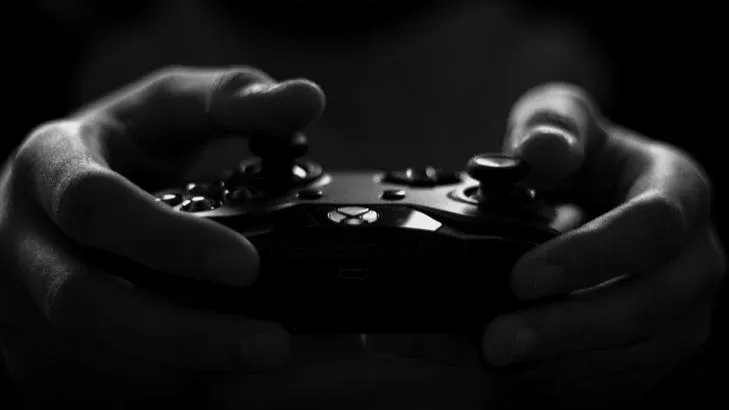Earlier this week, Microsoft revealed why it hasn’t revealed an update on the sales performance of the Xbox One since 2015, citing that the company shifted its focus away from sales performance to consumer engagement. Skeptics may believe that this reasoning is a scapegoat, especially when compared to its competitor – Sony’s PlayStation 4 – which sold more than 73 million units by the end of 2017.
Recently, Electronic Arts CEO Andrew Wilson apparently ousted Microsoft’s sales during a conference call while discussing EA’s expectations of the next fiscal years, expectations of Microsoft and Sony performance, and what sold last year. Getting the following figures, however, required a bit of math and has not been confirmed as a solid number by either Microsoft or EA.
Wilson stated that he expected “Microsoft and Sony to continue to be strong, with the installed base growing to 130 million consoles by the end of calendar 2018 from 103 million at the end of calendar 2017.” Moreover, the PlayStation 4 has sold more than 73.6 million units by the end of 2017, meaning that the Xbox One would fill the gap at 29.4 million consoles since the inception of current-gen consoles.
This isn’t the first time EA has revealed Microsoft’s sales performance, as it had previously revealed that the Xbox One had sold 18 to 19 million units by January 2016. Subtracting that number from the aforementioned 29.4 million would mean that Microsoft has sold 10 to 11 million units in the past two years, which is lower than some would expect from the tech giant.
Looking at other consoles, the mobile market may be expected to hit the “mid-teens” this year, the Nintendo Switch may go neck-and-neck with Microsoft’s Xbox One, and the PC may be expected to stay stagnant. With EA expecting a rise of 27 million consoles within the year, it remains to be seen how many Xbox Ones will sale, but considering Microsoft is building an Xbox team in Santa Monica for a new franchise, perhaps the company and console will exceed expectations.
Source: Variety





